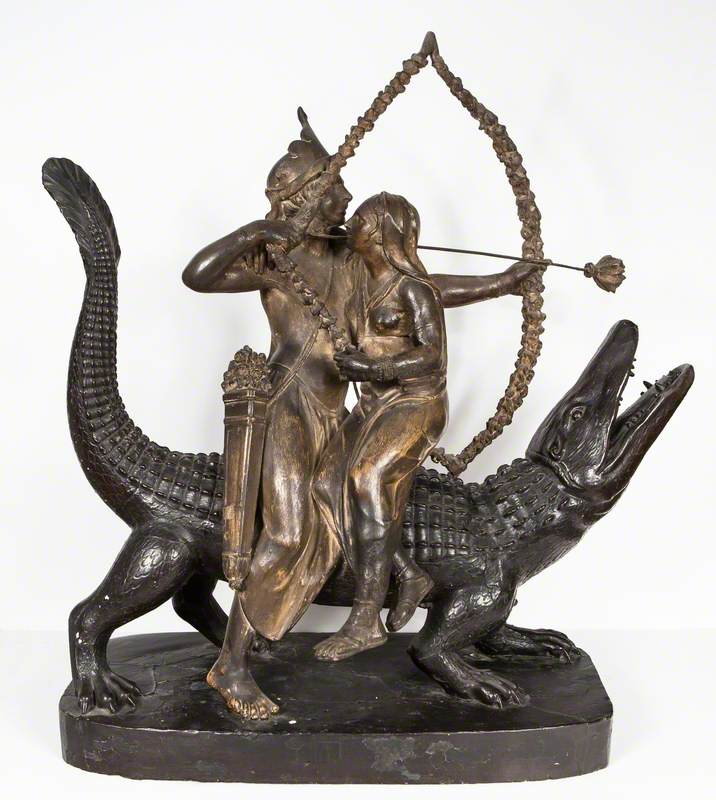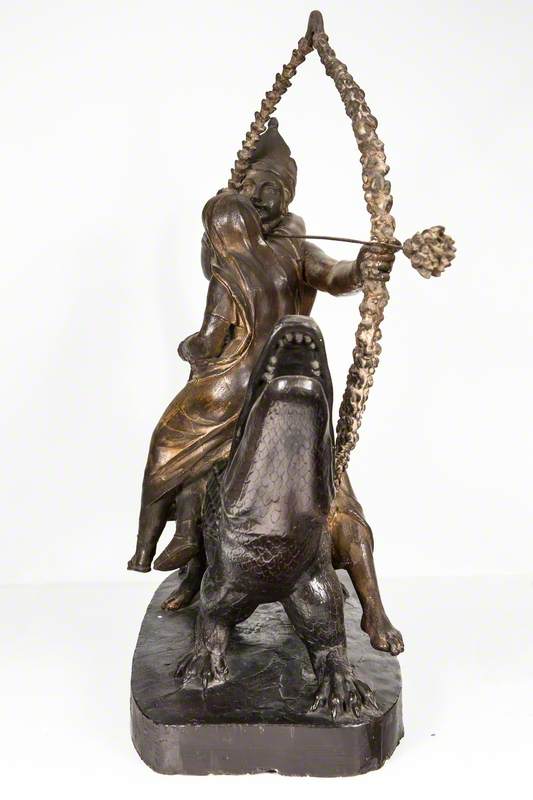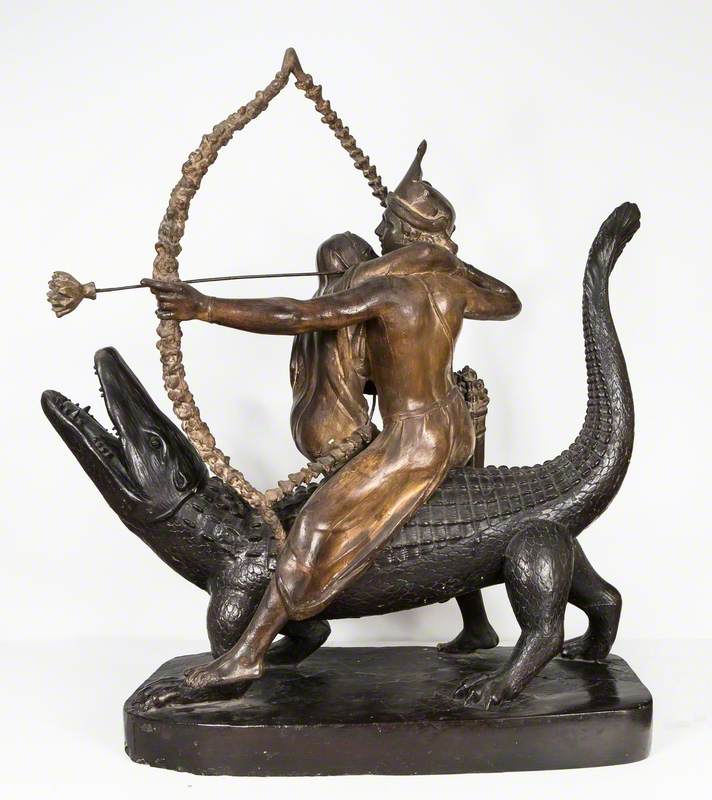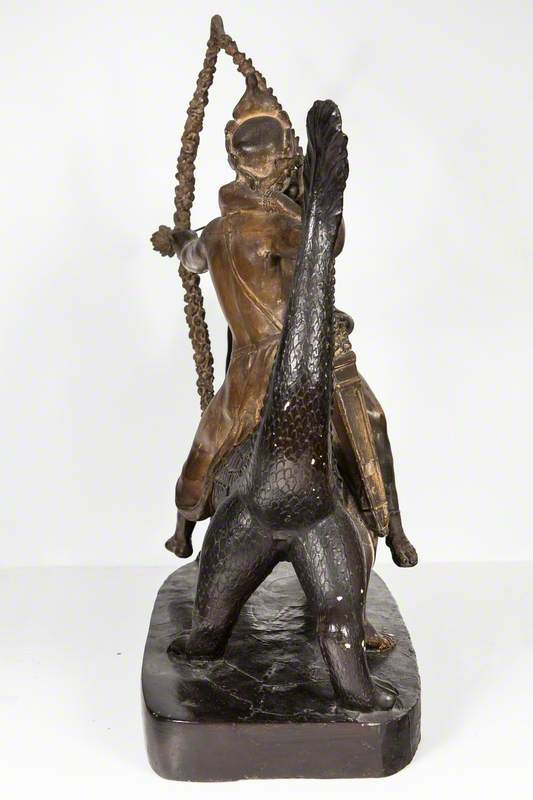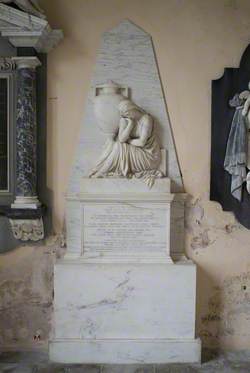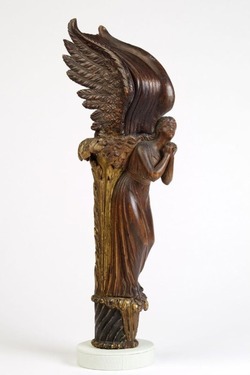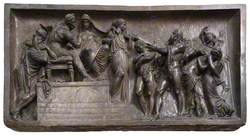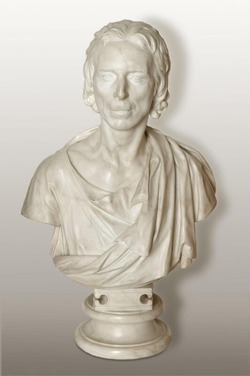How you can use this image
This image is available to be shared and re-used under the terms of the Creative Commons Attribution-NonCommercial-NoDerivatives licence (CC BY-NC-ND).
You can reproduce this image for non-commercial purposes and you are not able to change or modify it in any way.
Wherever you reproduce the image you must attribute the original creators (acknowledge the original artist(s) and the person/organisation that took the photograph of the work) and any other rights holders.
Review our guidance pages which explain how you can reuse images, how to credit an image and how to find more images in the public domain or with a Creative Commons licence available.
DownloadNotes
Add or edit a note on this artwork that only you can see. You can find notes again by going to the ‘Notes’ section of your account.
Kamadeva ('Camadeva' was the spelling Sir John Soane used), the Hindu god of love, prepares to fire one of his flower-tipped arrows of desire from his sugarcane bow, strung with honey bees, as his wife Rati, the goddess of passion, advises him on his choice of target. Kamadeva is usually shown riding a peacock or parrot but his banner is a Makara which is a crocodile-like mythical creature and Banks may have chosen a crocodile as a more sculptural support. Consultation with the Victoria and Albert Museum in 2017 suggested that the female figure could be the embodiment of Vasanta, or Spring. Spring is one of the attributes of Kama – his festival is Holi, which marks the coming of spring. The title of the sculpture is taken from the catalogue of Banks’s studio sale of 1805 (lots 66, 67 and 68), which records, in plaster, the mould and a cast.
Title
The Hindu Deity Camadeva with His Mistress on a Crocodile
Date
c.1792
Medium
painted plaster
Measurements
H 61 x W 63.5 x D (?) cm
Accession number
A12
Acquisition method
acquired by Sir John Soane, before 1837
Work type
Statue
